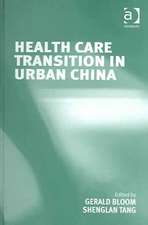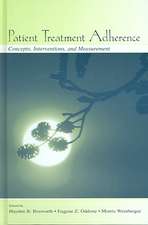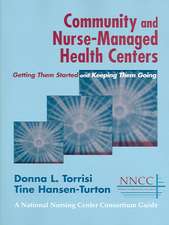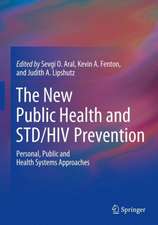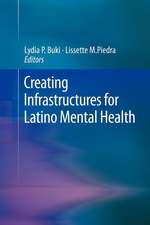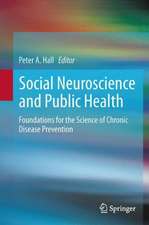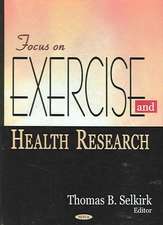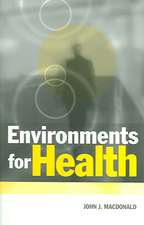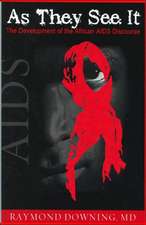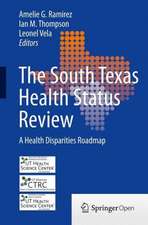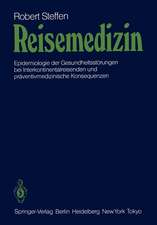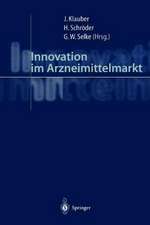Therapy of Social Medicine
Autor Byong-Hyon Hanen Limba Engleză Paperback – 23 aug 2016
| Toate formatele și edițiile | Preț | Express |
|---|---|---|
| Paperback (1) | 714.27 lei 6-8 săpt. | |
| Springer Nature Singapore – 23 aug 2016 | 714.27 lei 6-8 săpt. | |
| Hardback (1) | 721.19 lei 6-8 săpt. | |
| Springer Nature Singapore – 24 noi 2015 | 721.19 lei 6-8 săpt. |
Preț: 714.27 lei
Preț vechi: 751.86 lei
-5% Nou
Puncte Express: 1071
Preț estimativ în valută:
136.68€ • 142.99$ • 113.54£
136.68€ • 142.99$ • 113.54£
Carte tipărită la comandă
Livrare economică 02-16 aprilie
Preluare comenzi: 021 569.72.76
Specificații
ISBN-13: 9789811012891
ISBN-10: 981101289X
Pagini: 253
Ilustrații: XIII, 253 p. 5 illus. in color.
Dimensiuni: 155 x 235 mm
Greutate: 0.38 kg
Ediția:Softcover reprint of the original 1st ed. 2016
Editura: Springer Nature Singapore
Colecția Springer
Locul publicării:Singapore, Singapore
ISBN-10: 981101289X
Pagini: 253
Ilustrații: XIII, 253 p. 5 illus. in color.
Dimensiuni: 155 x 235 mm
Greutate: 0.38 kg
Ediția:Softcover reprint of the original 1st ed. 2016
Editura: Springer Nature Singapore
Colecția Springer
Locul publicării:Singapore, Singapore
Cuprins
Preface.- Chapter 1: Why Social Medicine?.- 1.1: The Rise of Social Medicine.- 1.2: Human-being: Homo medicus.- 1.3: History of Drug.- Chapter 2: What is a Social Medicine?.- 2.1: Concept of Social Medicine.- 2.2: Development of Social Medicine.- 2.3: Differentiation of Social Medicine.- Chapter 3: Therapy of Social Medicine.- 3.1: Concept & Scope for Therapy of Social Medicine.- 3.2: Classification for Therapy of Social Medicine.- Chapter 4: Pharmaco-gelotology.- 4.1: Introduction.- 4.2: Laughter Theory.- 4.3: Laughter Therapy.- Chapter 5: Conclusion.
Notă biografică
Byong-Hyon Han, RPh/PhD/CEO is an independent scholar and president of BGS. He graduated from College of Pharmacy, Seoul National University in Korea (B.S. and M.S.) and studied at the University of IOWA majoring in Social & Administrative Pharmacy(Ph.D.). He has served as a member of the Presidential Committee on Advancing the Healthcare Industry in field of New Drug Development and Drug Industry Planning in Korea. He also worked as a director for Korea Health Industry Development Institute(KHIDI) under the Ministry of Health and Welfare in Korea. The recent book, Therapy of Social Medicine & Health Care System, he wrote was selected as the ‘Excellent Book of the Year 2015’ in the academic field from the Ministry of Culture, Sports, and Tourism in Korea.
Textul de pe ultima copertă
This book introduces novel and groundbreaking theories on social medicine, social medicine therapy and pharmacogelotology. Aimed at improving the global health care system in terms of cost-effectiveness and efficiency, the research included in this book represents a paradigm shift from traditional drugs to social medicine. Tracing the history of social medicine, from Natural Healing Power (NHP), Oriental Medicine’s vitalism, to Homeostasis (Natural Healing Strength) and Reciprocity (Social Healing Strength), the book first focuses on laying the theoretical foundations. It then highlights how social medicine can be specialized into various social medicine therapies (i.e., aromatherapy, stone therapy, diet therapy, exercise therapy, light therapy, etc.), just like stem cells. This is followed by arguments that 21st century pharmacy should be a harmonious system where the replacement of traditional drug products (i.e., herbal, chemical, and biological products) with new social medicinetakes precedence. To that end, the author focuses on the '4+2 system' with 4 representing diet, body, stress, and facial-image control, and 2 representing the complementary and alternative medical methods of evacuation(-) and filling(+). In the context of pharmacogelotology, the book then goes on to present findings on theories of laughter and laughter therapy practices, which are systematically examined and described in detail. Finally, it calls for the development of social medicine structures by governments that aim to help local authorities use their resources effectively, and for local governments to establish the long-term planning on social medicine therapy for healthy ageing.
Caracteristici
Challenges a 6,000 year long monopoly of drug products Goes beyond the scientific, exclusive, and regulatory world of drug Elaborates on a paradigm shift from drug to social medicine and the two strands of double healings


